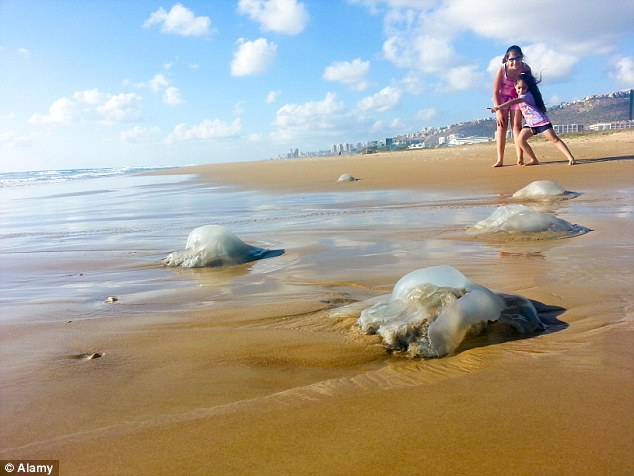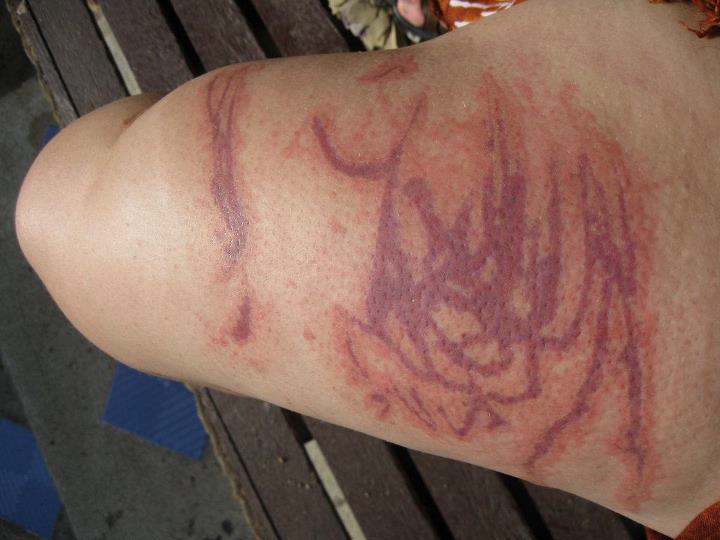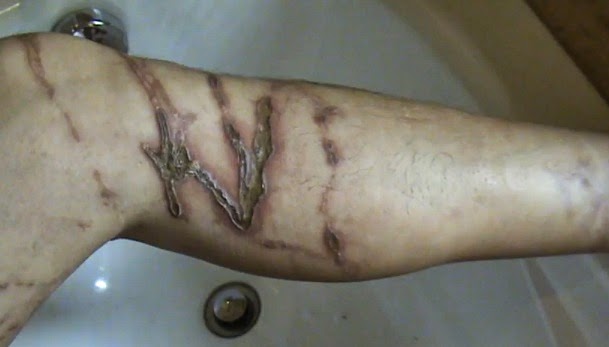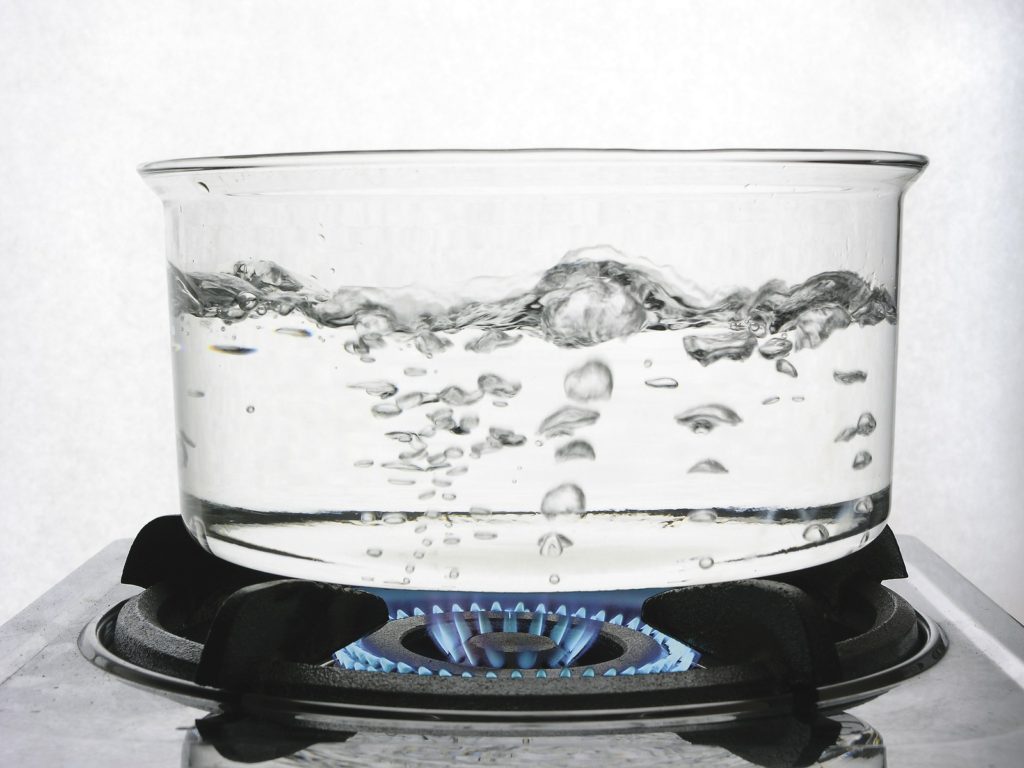
By Dr. Mostafa Shabana
With summer season officially underway, many of us were getting ready for an endless stream of beach pictures. And they came – except they were all about jelly fish! With the recent prevalence of jelly fish along our coasts, and our refusal to give up our long-awaited beach time, it’s important to stay informed in case of a jellyfish sting.
Jellyfish are surrounded by tentacles that are covered with venom-filled sacs that cause a painful sting. While jellyfish stings can be life threatening on some rare occasions, they can be treated by following these simple instructions.
1. Get out of the water

As soon as you feel a sting, immediately get out of the water to avoid getting stung again.
2. Avoid the urge to touch!

As tempted as you might be, do not try to touch or scratch the affected area. At this point, the tentacles are still there and could lead to another sting.
3. Watch out for the warning signs

While stings are a common beach side risk, there are some signs to look out for and contact a doctor immediately. These include:
- Experiencing severe reactions like difficulty breathing, chest pain or dizziness.
- A large or sensitive area of the body has been stung, such as the face, genitals or more than half your arm or leg.
4. Remove the tentacles

Rinse the affected area with seawater and gently scrape it with a flat surface like a credit card or ID. After you’ve rinsed and scraped the area, use tweezers or a clean stick to extract the tentacles.
5. Rinse with vinegar

After the stingers are extracted, rinse the affected area with vinegar for 30 seconds to deactivate the stingers and prevent them from causing further harm. Vinegar has been shown to help deactivate the stinging cells from different jellyfish types.
6. Boil some water

Be prepared to brace the summer heat, as you will now need to apply hot water (above 45 C) to the affected area. This step will finally ensure the venom toxins are deactivated and will help reduce the pain and inflammation.
7. Treat pain and swelling

The pain levels after a jellyfish sting can range from discomfort to severe, but they are manageable. Use painkillers such as paracetamol and ibuprofen, and you will begin feeling better in no time.


